Building Effective AI Agents: A Comprehensive Guide
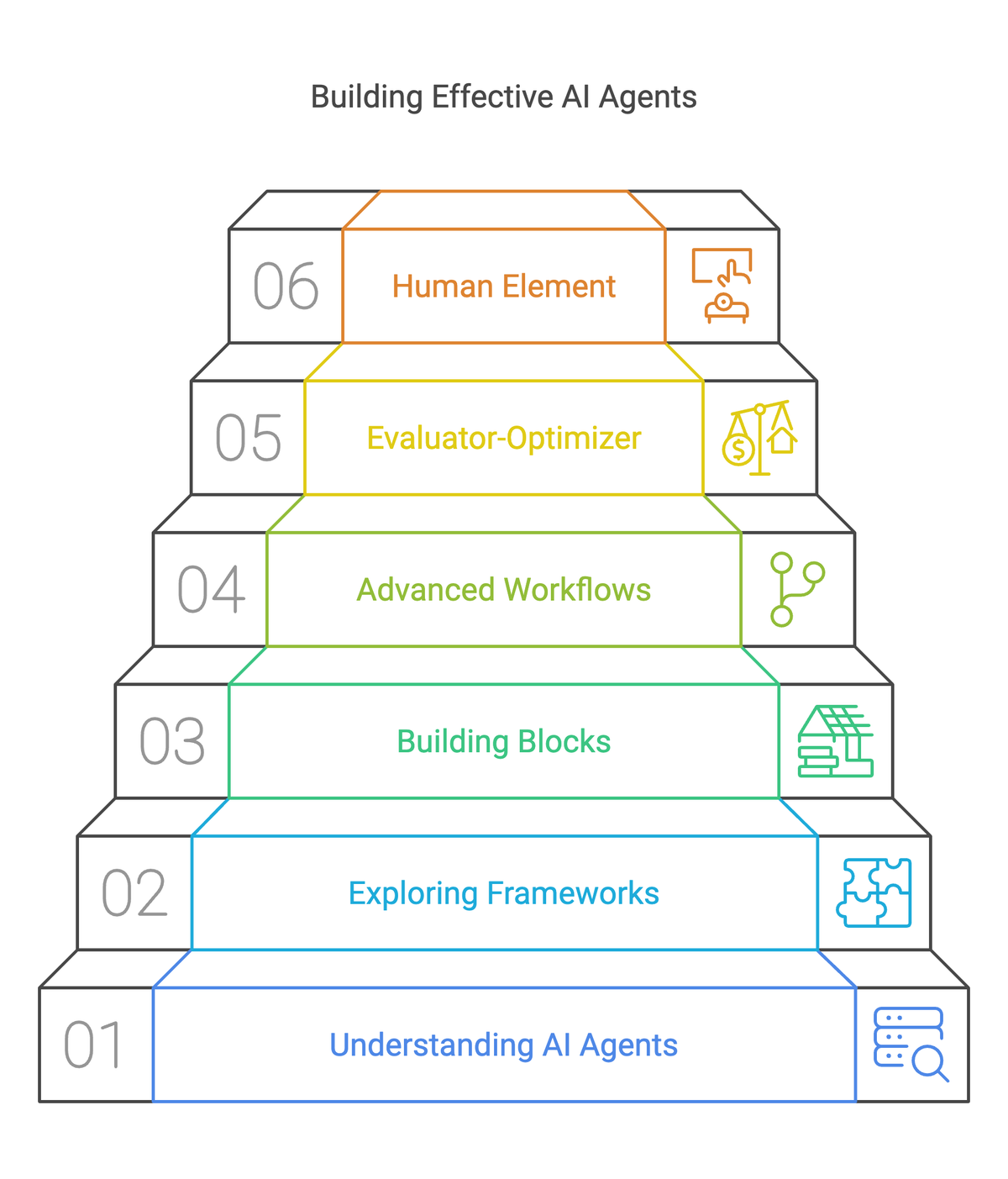
Understanding AI Agents
In today's rapidly evolving tech landscape, the concept of AI agents is gaining significant traction. These agents, powered by advanced language models, are transforming how we approach complex tasks and workflows. In this article, I'll walk you through the essentials of building effective AI agents, drawing insights from a recent release by Anthropic, the company behind the Claude family of models. Whether you're a seasoned developer or a curious enthusiast, this guide will provide you with a clear understanding of how to harness the power of AI agents
What is an AI Agent?
At its core, an AI agent is a system that combines a language model (LLM) with memory, tools, and the ability to collaborate with other agents. These agents can range from fully autonomous systems that operate independently to more prescriptive implementations that follow predefined workflows. The key distinction lies in how they manage tasks and interact with their environment.
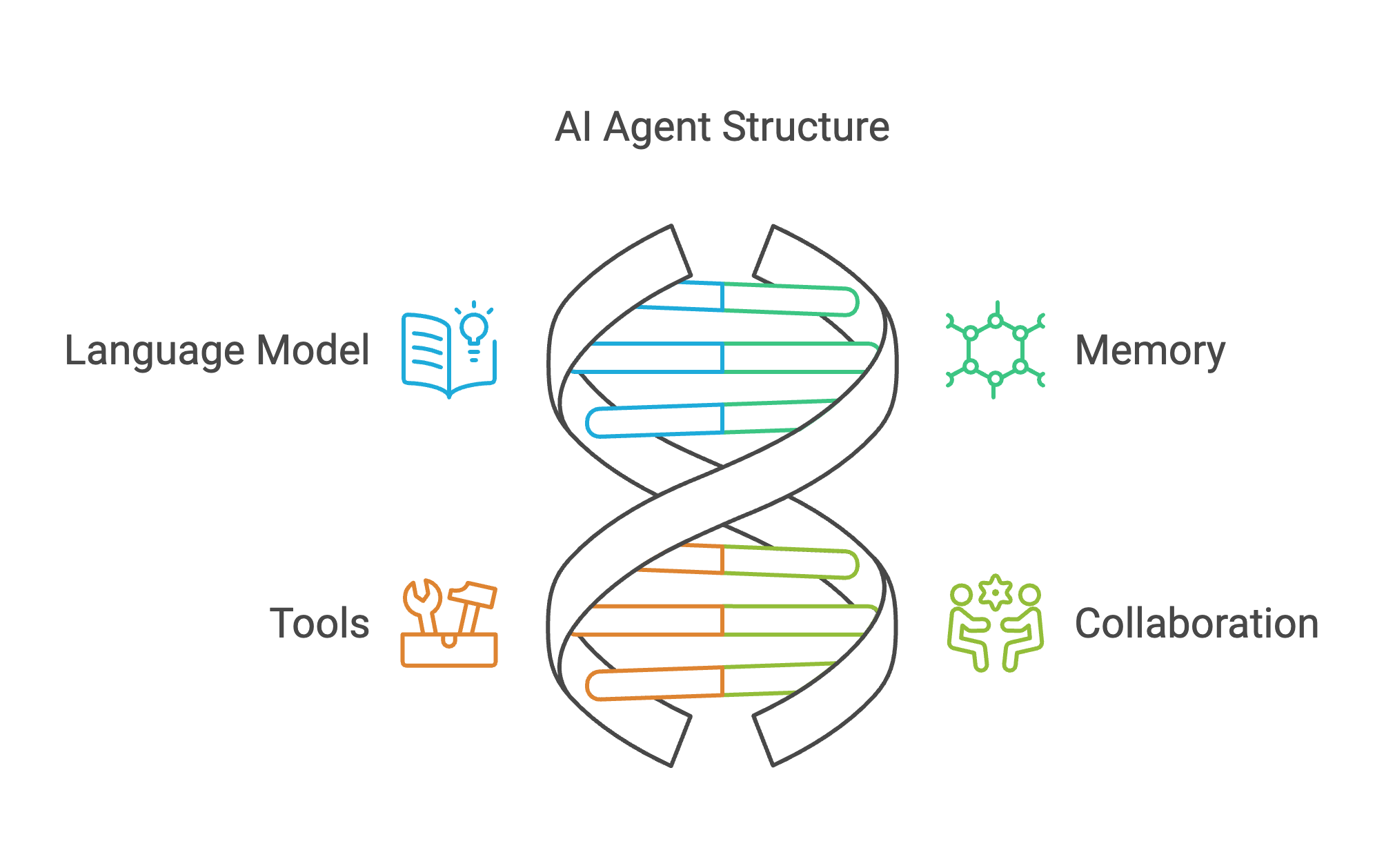
The Role of Agentic Frameworks
Agentic frameworks are essential for building sophisticated AI agents. They provide a structured approach to developing agents by offering composable patterns and tools. As these frameworks mature, they blur the lines between workflows and agents, allowing for both structured and creative problem-solving.
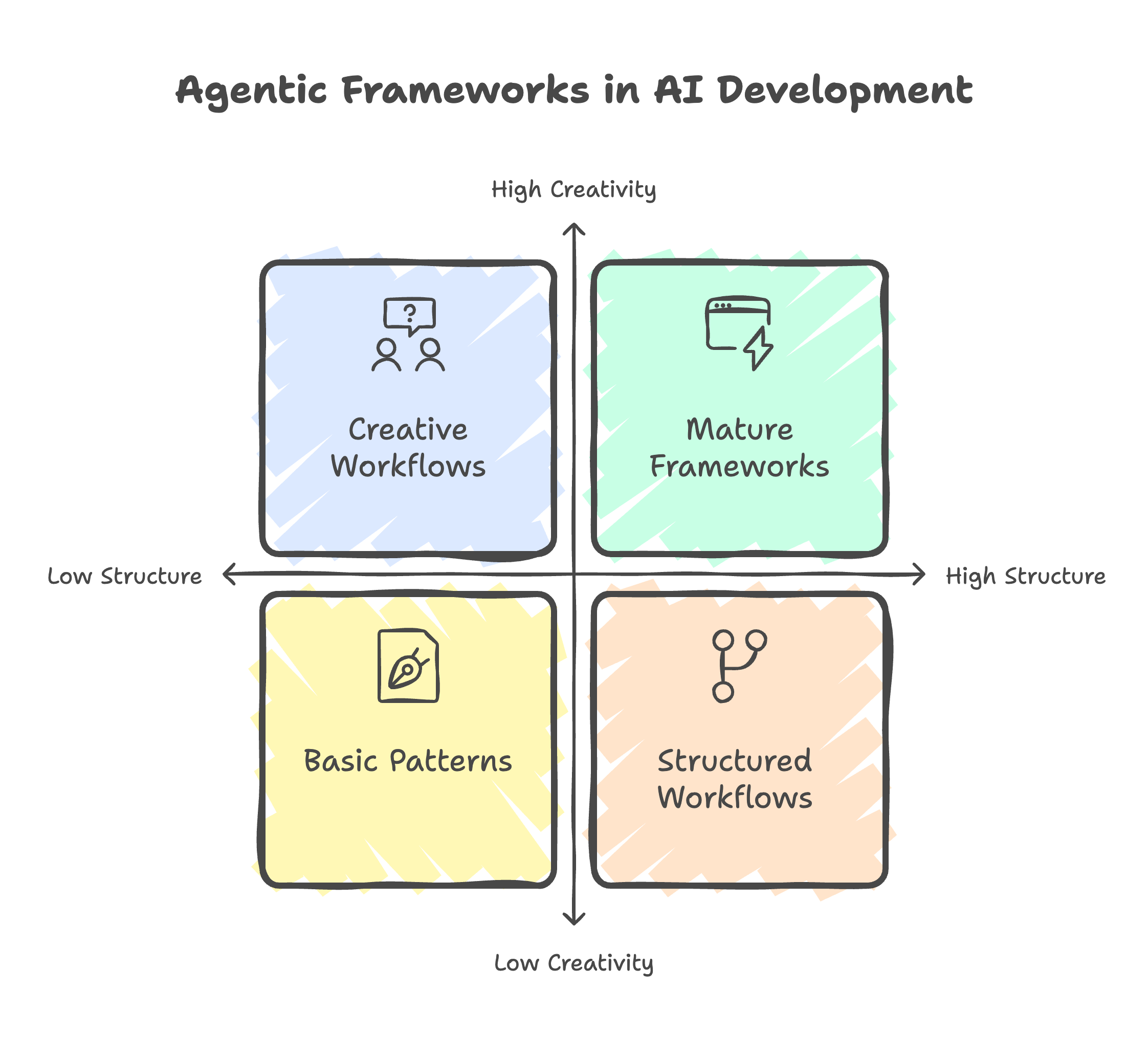
When to Use AI Agents
Simplicity First
When building applications with LLMs, it's crucial to start with the simplest solution possible. Complexity should only be added when necessary. This principle applies not only to AI agents but to any system you build. By starting simple, you can avoid unnecessary latency and cost while ensuring better task performance.
Workflows vs. Agents
Workflows offer predictability and consistency for well-defined tasks, while agents excel in scenarios requiring flexibility and model-driven decision-making. Understanding when to use each approach is key to building effective AI systems.
Exploring Agentic Frameworks
Popular Frameworks
Several frameworks are available for building AI agents, including LangChain, Bedrock, and Vellum. These frameworks provide a layer of abstraction, built-in tools, and predefined best practices, making it easier to develop robust agents.
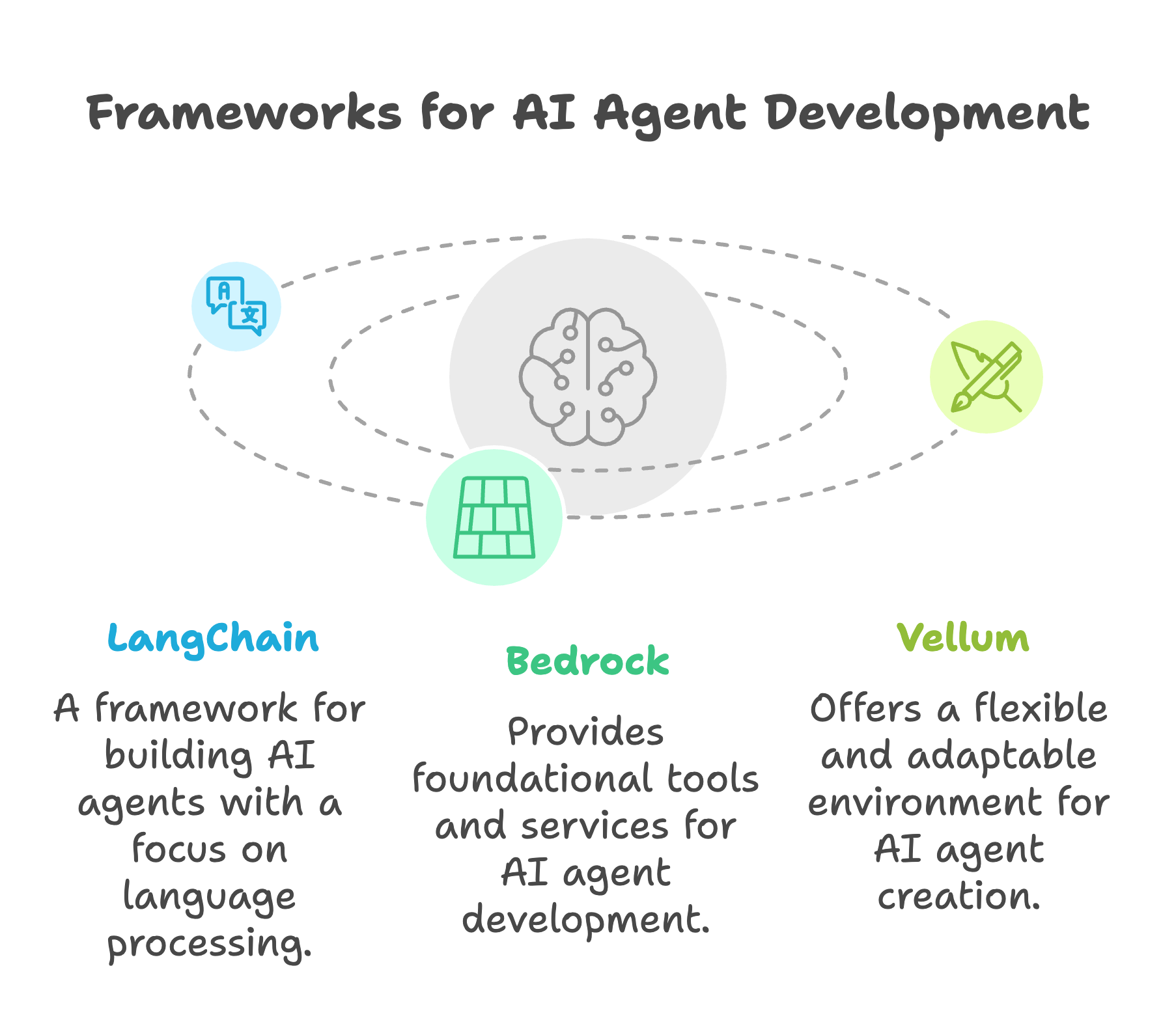
The Downsides of Frameworks
While frameworks offer many benefits, they can also introduce extra layers of abstraction that obscure underlying prompts and responses. This can make debugging more challenging and tempt developers to add unnecessary complexity.
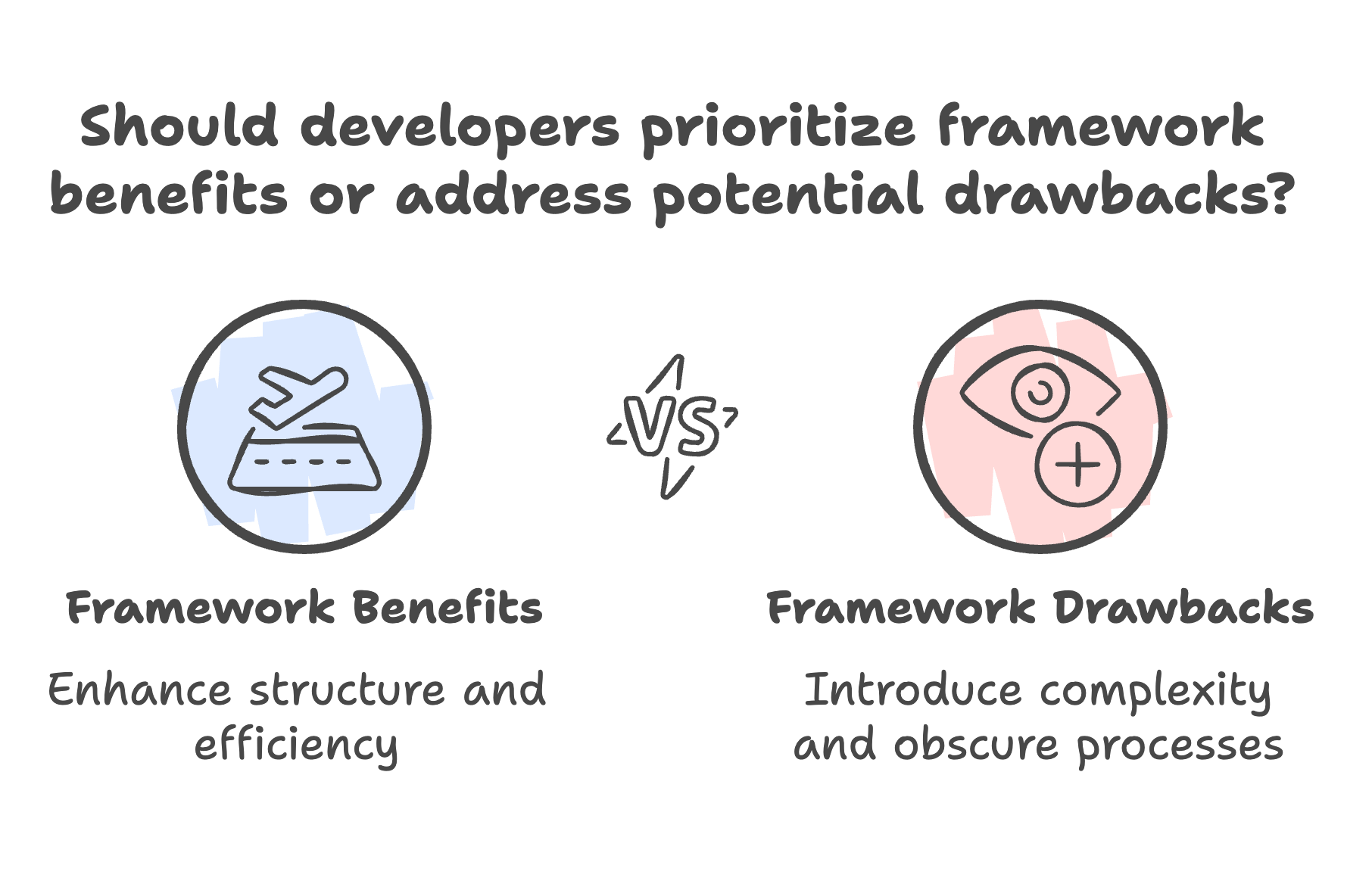
Building Blocks of AI Agents
Simple Agentic Systems
For straightforward problems, base models like those from the Claude family can solve tasks without additional frameworks. These models are continuously improving, with more agentic functionality baked directly into the base model.
The Model Context Protocol
Anthropic recently released the Model Context Protocol, a framework that allows LLMs to interact with third-party tools. This protocol enables developers to integrate with a growing ecosystem of tools, enhancing the capabilities of their agents.
Advanced Agentic Workflows
Prompt Chaining
Prompt chaining decomposes a task into a sequence of steps, where each LLM call processes the output of the previous one. This approach is ideal for complex tasks that can be broken down into modular pieces, trading latency for quality.
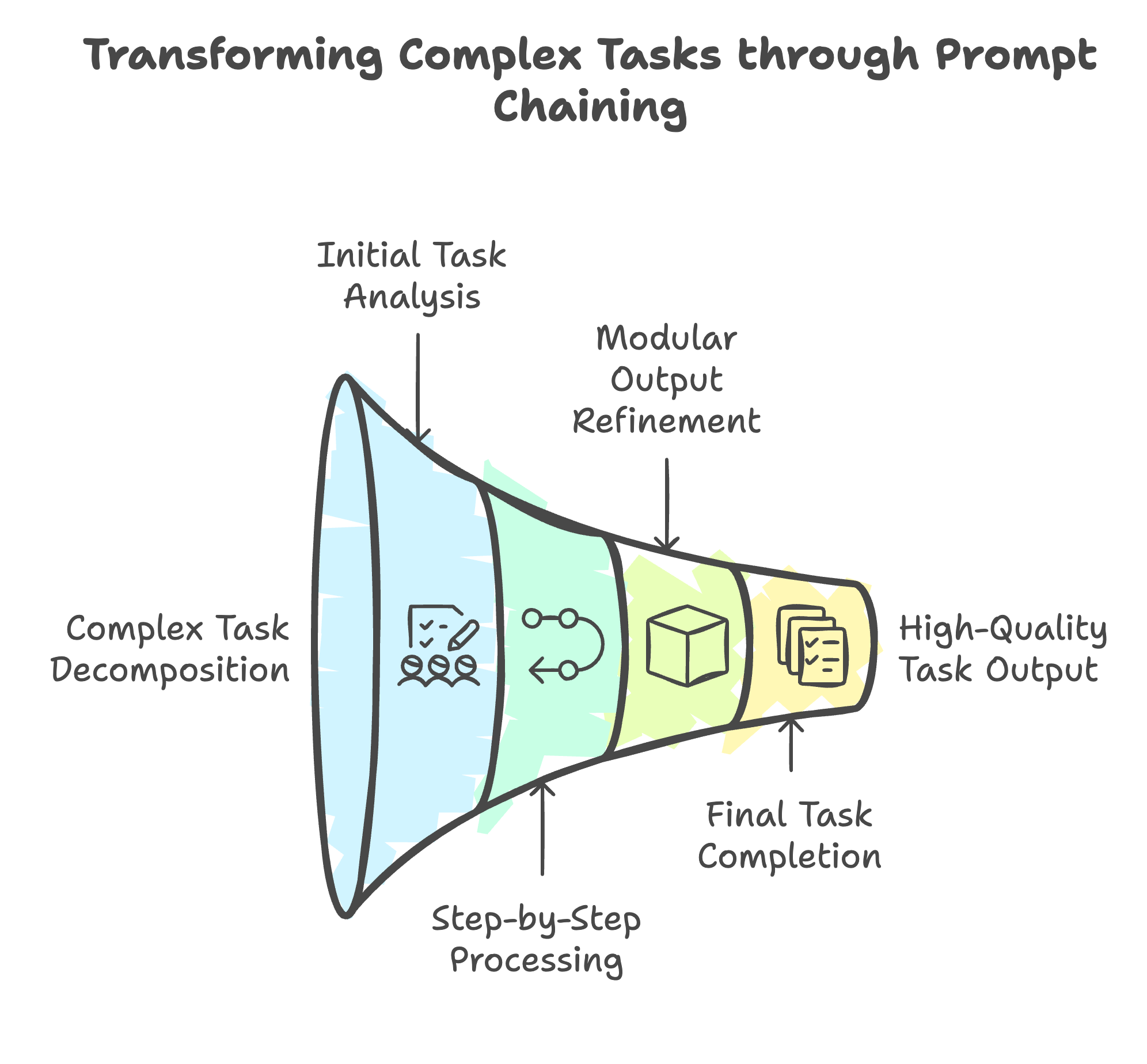
Routing
Routing involves directing prompts to specialized agents based on the task's requirements. This approach optimizes cost and speed by using the most appropriate model for each task, ensuring efficient resource utilization.
Parallelization
Parallelization allows multiple agents to work simultaneously on independent subtasks, reducing latency. This approach is useful when the order of operations doesn't matter, enabling faster task completion.
Orchestrator-Worker Pattern
In this workflow, a central LLM (the orchestrator) dynamically breaks down tasks and delegates them to worker LLMs. This pattern is particularly effective for complex tasks that require iterative refinement and evaluation.
Evaluator-Optimizer Workflow
Iterative Evaluation
The evaluator-optimizer workflow involves generating a solution, evaluating it, and iterating until the desired quality is achieved. This approach is valuable for tasks with clear evaluation criteria, such as literary translation or complex search tasks.
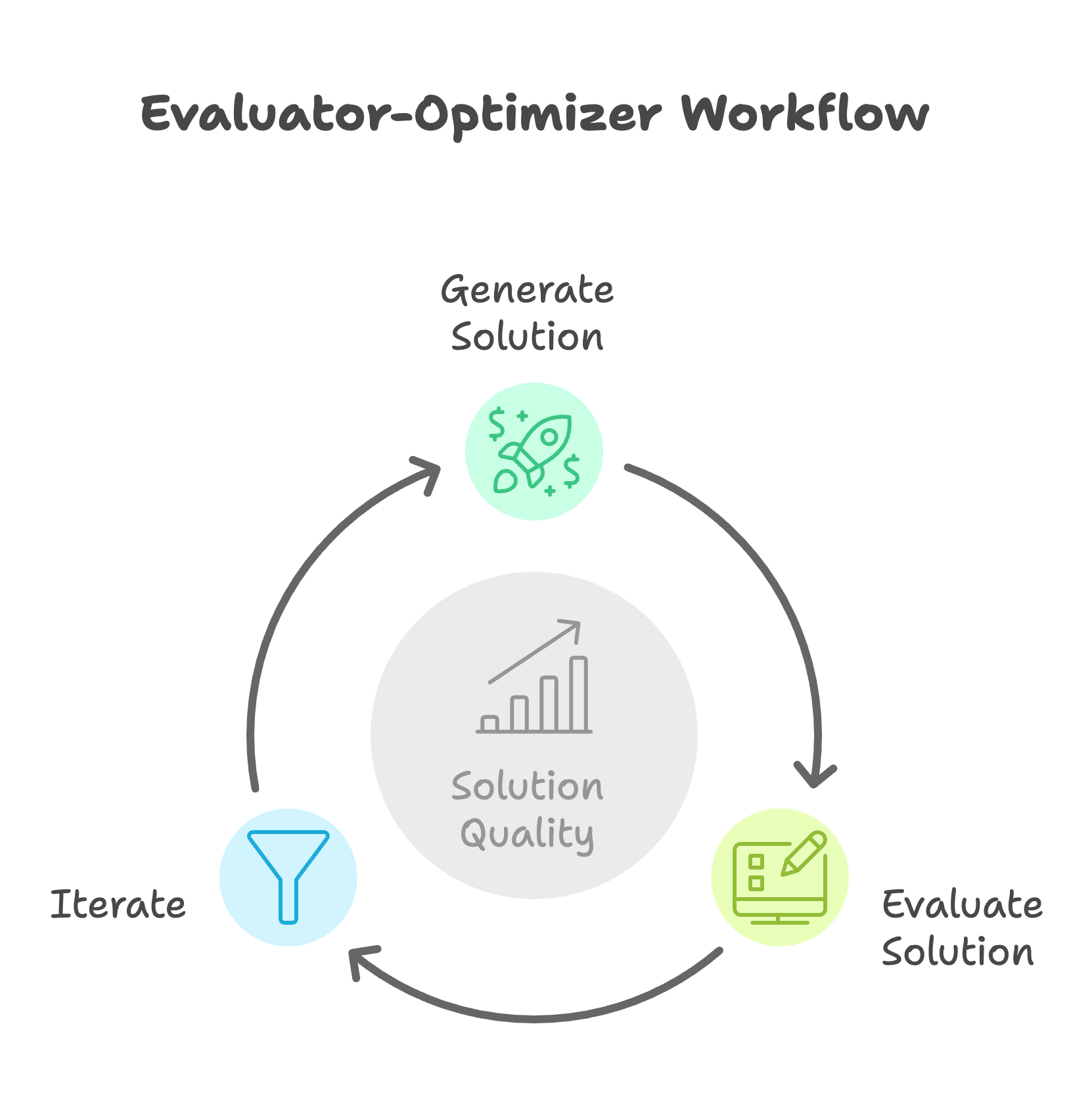
The Human Element
Human-in-the-Loop
Incorporating human feedback at critical checkpoints enhances the effectiveness of AI agents. This approach ensures that agents operate within acceptable parameters and allows for human judgment in complex scenarios.
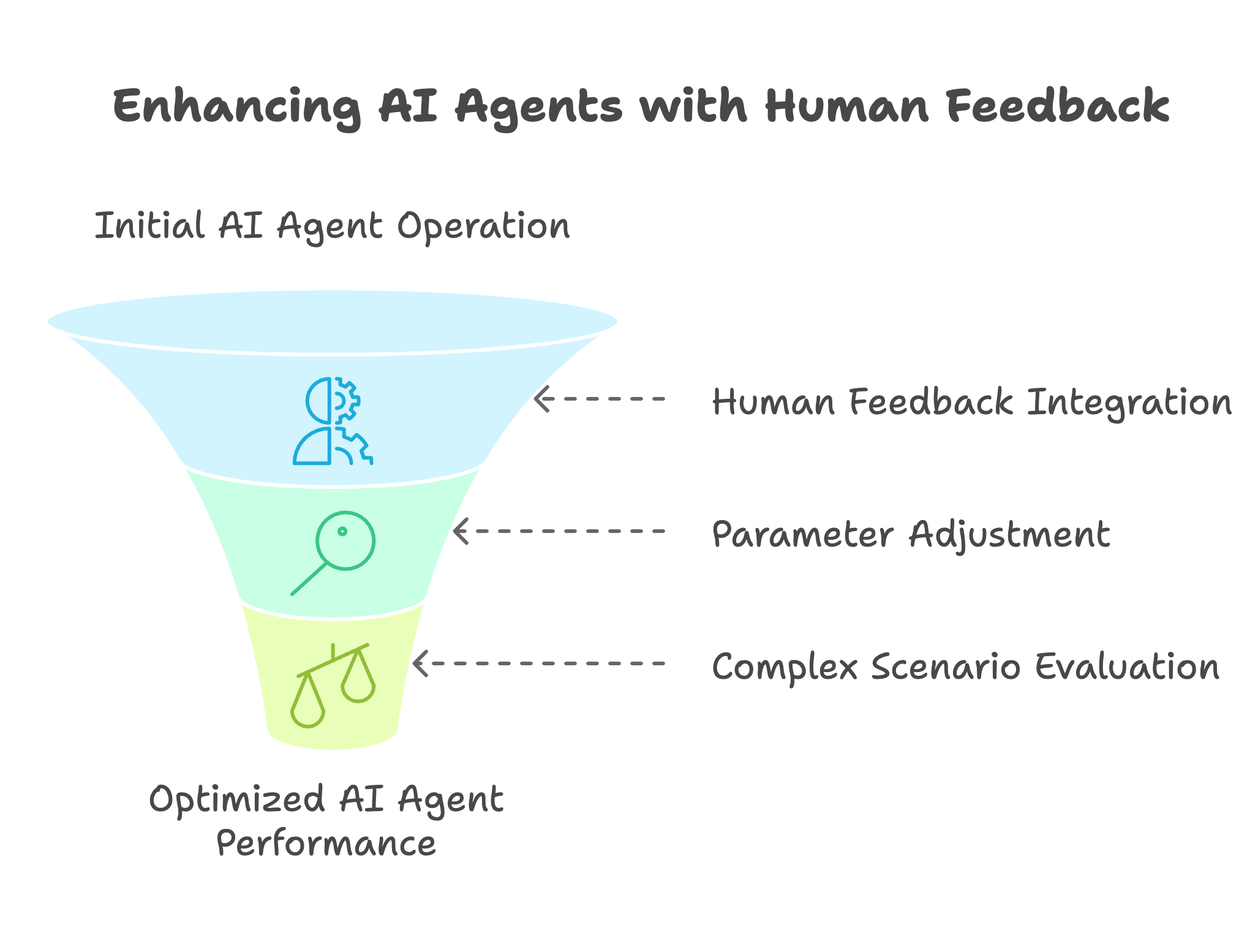
Conclusion
Building effective AI agents requires a in-depth understanding of both the technology and the problem at hand. By leveraging agentic frameworks, starting with simplicity, and incorporating human feedback, you can create powerful AI systems that excel in a variety of tasks. As the field continues to evolve, staying informed and experimenting with different patterns will be key to success.
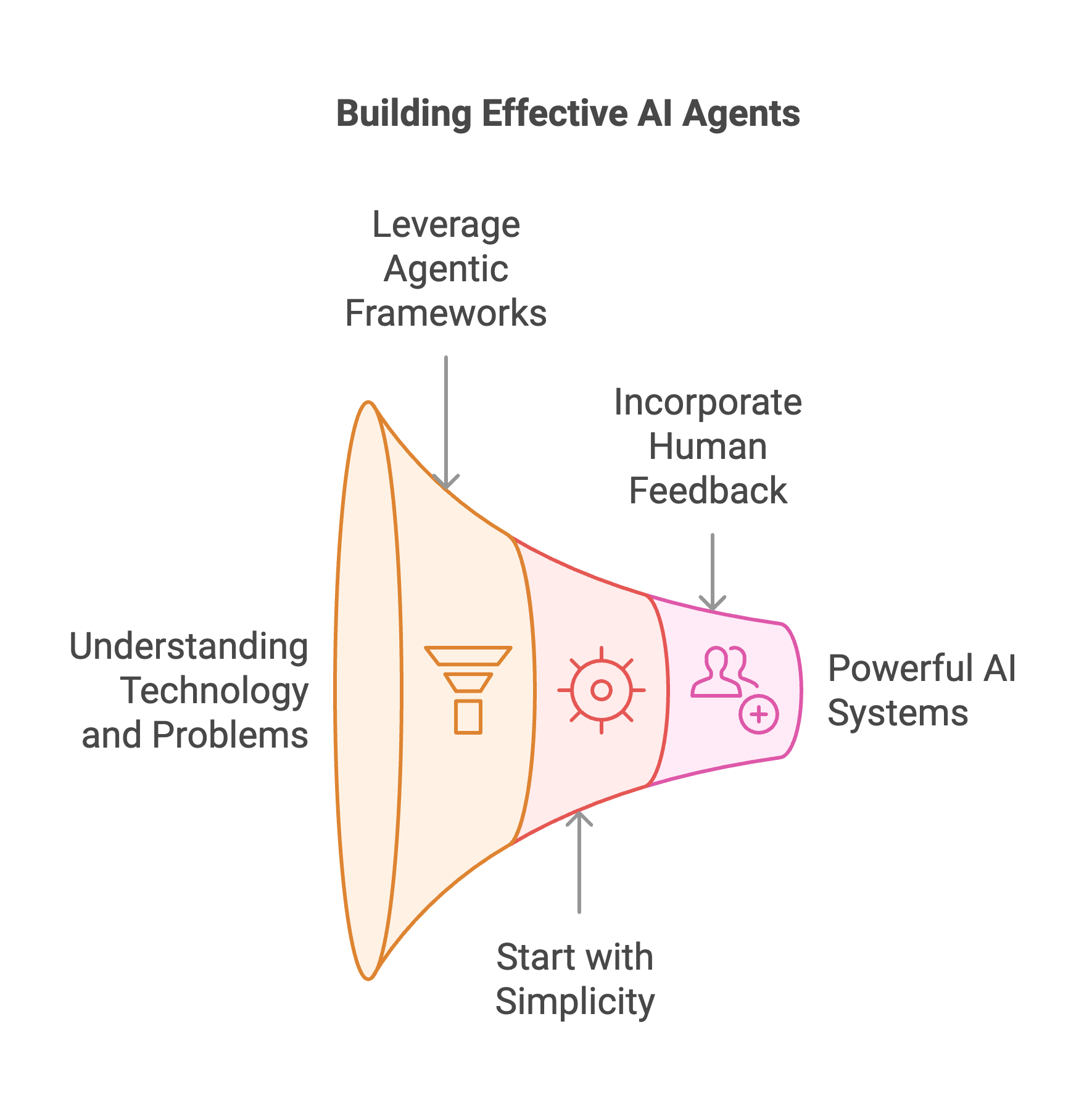
FAQs
- What is the difference between workflows and agents?
- Workflows are predefined sequences of tasks, while agents dynamically manage tasks and tool usage, offering more flexibility.
- When should I use an agentic framework?
- Use a framework when you need a structured approach with built-in tools and best practices, especially for complex tasks.
- How can I optimize the cost and speed of my AI agents?
- Consider using routing to direct tasks to the most appropriate models, optimizing resource utilization.
- What is prompt chaining, and when is it useful?
- Prompt chaining breaks down tasks into modular steps, improving quality for complex, multi-step tasks.
- How does human-in-the-loop enhance AI agents?
- It allows for human judgment and feedback at critical points, ensuring agents operate within acceptable parameters.